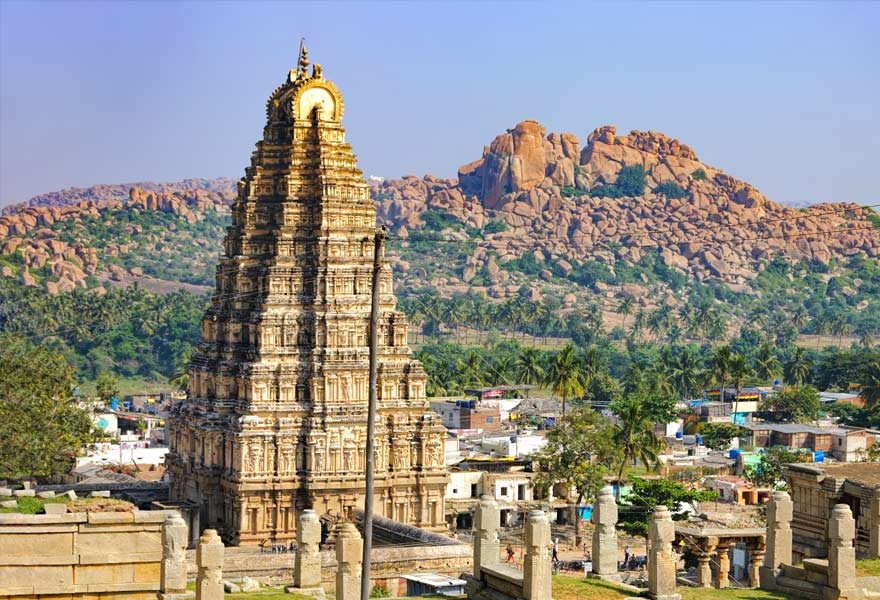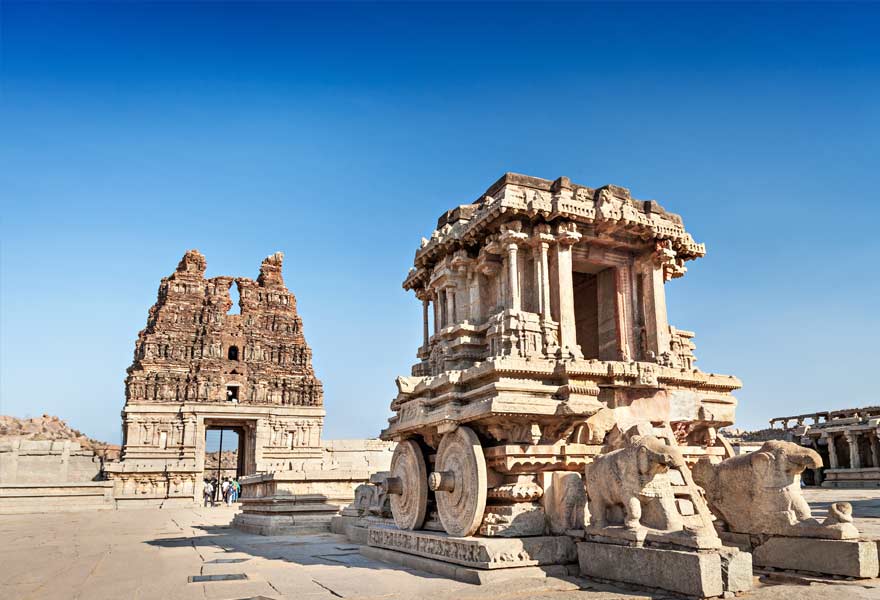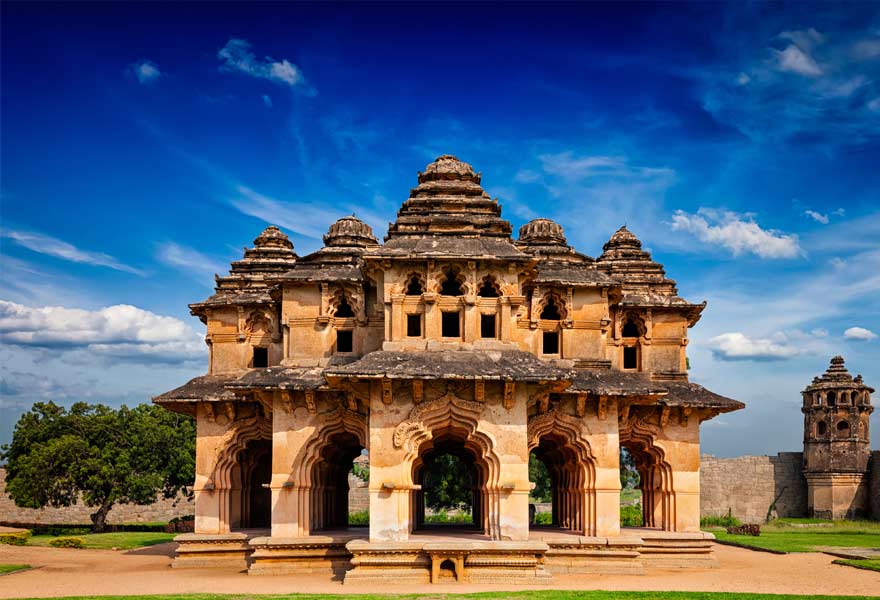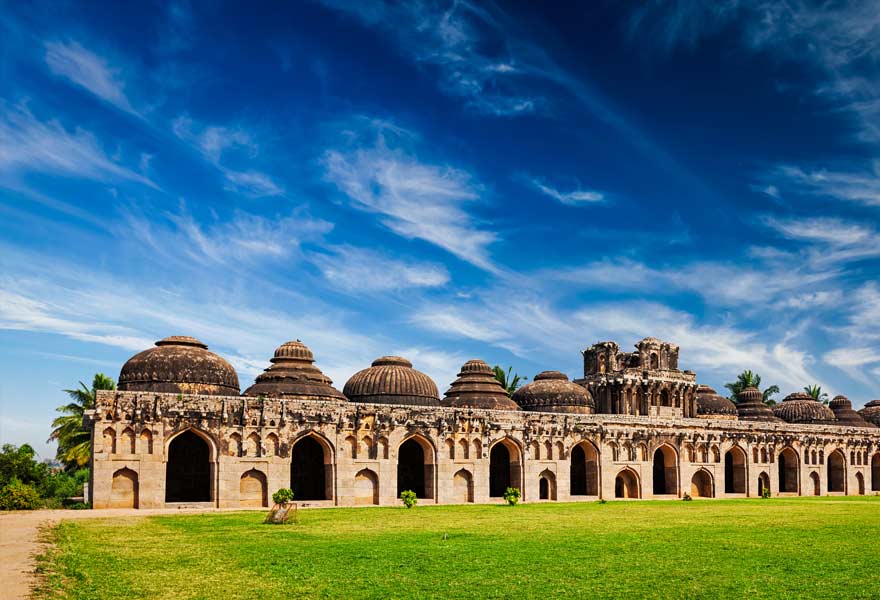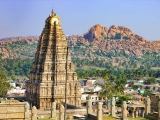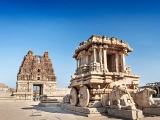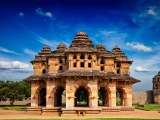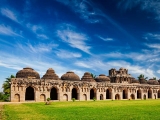About Hampi
Hampi is a well known village found in the northern part of the state of Karnataka. It is often confused with the Vijayanagara Empire but its existence actually precedes the empire as well. It holds immense value for religious followers and has many attractions in the form of heritage sites that people flock to in huge numbers.
Historically, Hampi holds a significant value since the city was the capital of the Vijayanagara Empire that was founded by the brothers Bukkaraya and Harihara. It was the biggest traded center as well as the most important religious place at the time. The rush of traders was caused by people belonging to different parts of the world coming to trade cotton and spices that were produced in large quantities locally. In addition the city also specialized in the trade of precious stones such as rubies while silver and gold were the form of currency in those days.
Places to visit in Hampi
The main heritage site visited by a large number of followers is the Shri Vijayavitthala Temple as it is a master piece of artwork that only that was built in the name of Lord Vishnu. Mythological tale suggests even lord Vishnu found this monument too spectacular to live in and went back as a result to his own residence.
The Stone Chariot is something you just cannot miss if you plan to visit Hampi. This is even more beautiful than the outer appearance of the Shri Vijayavitthala Temple inside which it is situated. It is perched upon stone walls and is an excellent piece of beautiful art that has mesmerized the visitors for years. It is misconception that it has been sculpted out of a single piece of rock. It in essence a temple that resembles a chariot in which idols are transported for viewing purposes of the followers.
The AchyutaRaya temple is another oft visited attraction that was sanctioned to be built by the King Achyutaraya. This huge monument was brought to life by one of the officers of the king by the name of Salakaraju Tirumaladeva. It was actually built for the Lord Venkateshwara but is more prominently known by the name of the king during whose reign it was built.
